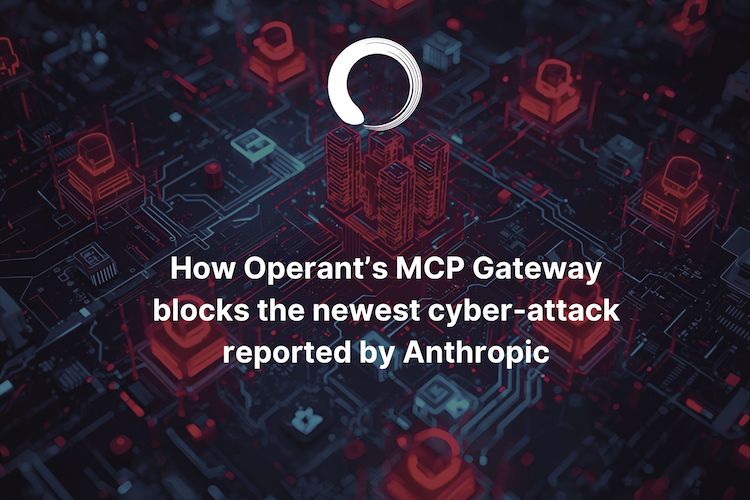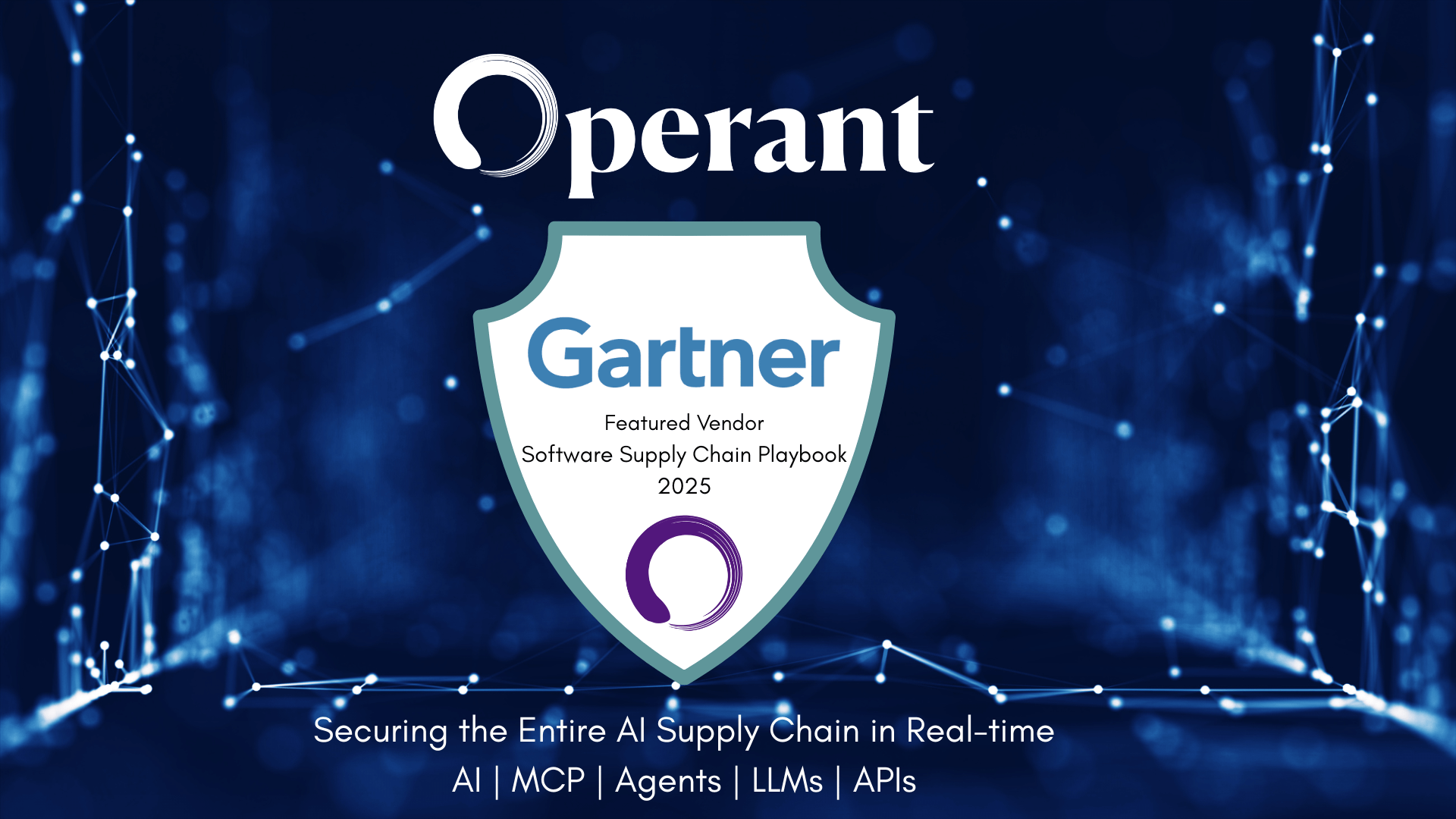“Anti-Virus” for MCP: Part 2
3%20%3D(Art)Kubed%20(16%20x%209%20in)%20(4).avif)
Evaluate your spending
Imperdiet faucibus ornare quis mus lorem a amet. Pulvinar diam lacinia diam semper ac dignissim tellus dolor purus in nibh pellentesque. Nisl luctus amet in ut ultricies orci faucibus sed euismod suspendisse cum eu massa. Facilisis suspendisse at morbi ut faucibus eget lacus quam nulla vel vestibulum sit vehicula. Nisi nullam sit viverra vitae. Sed consequat semper leo enim nunc.
- Lorem ipsum dolor sit amet consectetur lacus scelerisque sem arcu
- Mauris aliquet faucibus iaculis dui vitae ullamco
- Posuere enim mi pharetra neque proin dic elementum purus
- Eget at suscipit et diam cum. Mi egestas curabitur diam elit
Lower energy costs
Lacus sit dui posuere bibendum aliquet tempus. Amet pellentesque augue non lacus. Arcu tempor lectus elit ullamcorper nunc. Proin euismod ac pellentesque nec id convallis pellentesque semper. Convallis curabitur quam scelerisque cursus pharetra. Nam duis sagittis interdum odio nulla interdum aliquam at. Et varius tempor risus facilisi auctor malesuada diam. Sit viverra enim maecenas mi. Id augue non proin lectus consectetur odio consequat id vestibulum. Ipsum amet neque id augue cras auctor velit eget. Quisque scelerisque sit elit iaculis a.
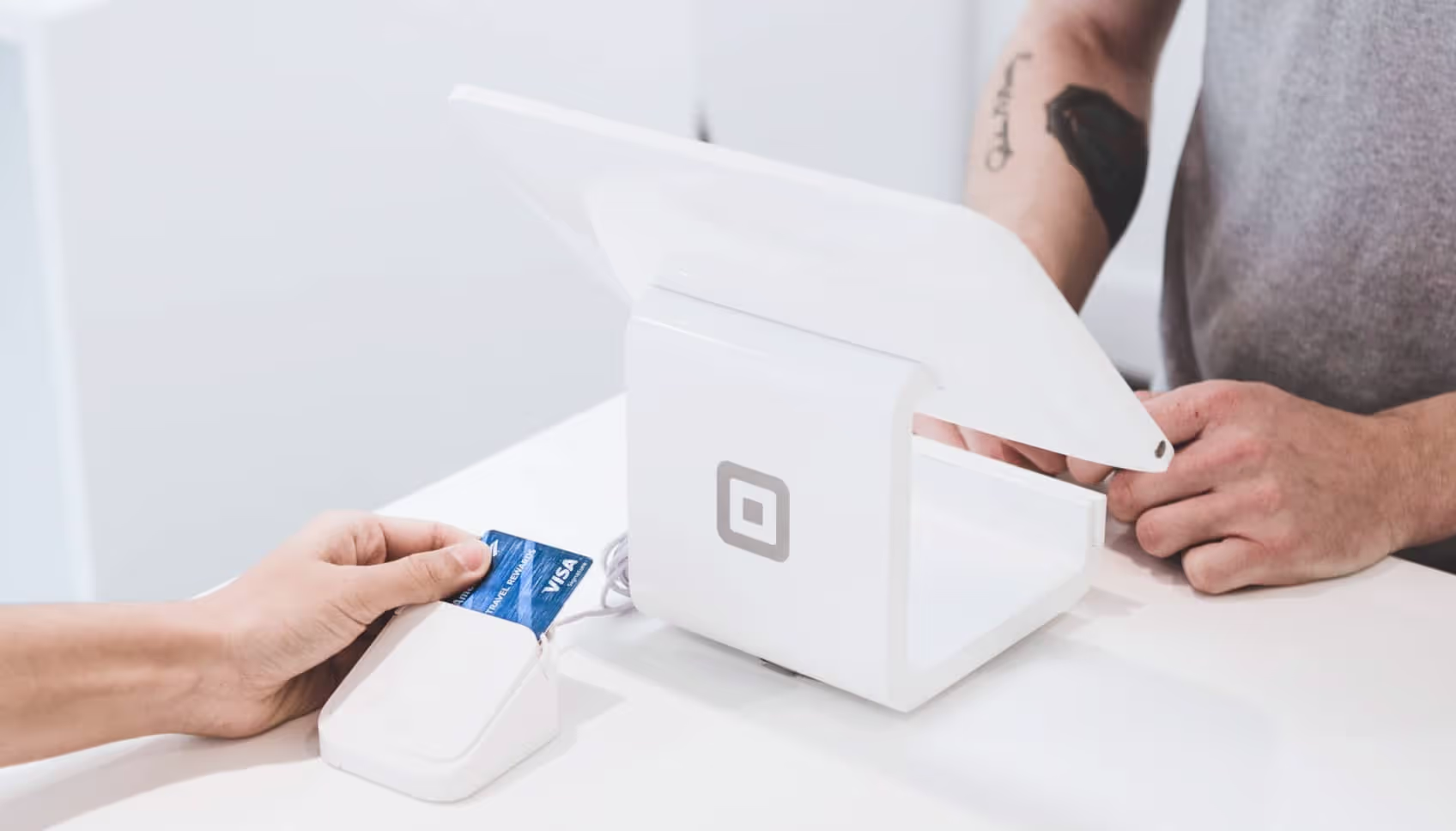
Have a plan for retirement
Amet pellentesque augue non lacus. Arcu tempor lectus elit ullamcorper nunc. Proin euismod ac pellentesque nec id convallis pellentesque semper. Convallis curabitur quam scelerisque cursus pharetra. Nam duis sagittis interdum odio nulla interdum aliquam at. Et varius tempor risus facilisi auctor malesuada diam. Sit viverra enim maecenas mi. Id augue non proin lectus consectetur odio consequat id vestibulum. Ipsum amet neque id augue cras auctor velit eget.
Plan vacations and meals ahead of time
Massa dui enim fermentum nunc purus viverra suspendisse risus tincidunt pulvinar a aliquam pharetra habitasse ullamcorper sed et egestas imperdiet nisi ultrices eget id. Mi non sed dictumst elementum varius lacus scelerisque et pellentesque at enim et leo. Tortor etiam amet tellus aliquet nunc eros ultrices nunc a ipsum orci integer ipsum a mus. Orci est tellus diam nec faucibus. Sociis pellentesque velit eget convallis pretium morbi vel.
- Lorem ipsum dolor sit amet consectetur vel mi porttitor elementum
- Mauris aliquet faucibus iaculis dui vitae ullamco
- Posuere enim mi pharetra neque proin dic interdum id risus laoreet
- Amet blandit at sit id malesuada ut arcu molestie morbi
Sign up for reward programs
Eget aliquam vivamus congue nam quam dui in. Condimentum proin eu urna eget pellentesque tortor. Gravida pellentesque dignissim nisi mollis magna venenatis adipiscing natoque urna tincidunt eleifend id. Sociis arcu viverra velit ut quam libero ultricies facilisis duis. Montes suscipit ut suscipit quam erat nunc mauris nunc enim. Vel et morbi ornare ullamcorper imperdiet.
MCP is changing the way we think about AI, and security is a huge piece of that.
Last week in Part 1, we examined how the Model Context Protocol (MCP) is revolutionizing AI interoperability while also creating unprecedented security challenges that traditional approaches cannot address. With MCP adoption progressing in phases from local developer experiments to business-critical deployments and eventually enterprise-wide agentic applications, security teams face a dynamic attack surface that is wide open to critical and catastrophic attacks that go beyond just AI workloads, endangering everything that AI interacts with inside your stack. With tool poisoning, prompt injection, and rogue agents operating in real-time, security leaders need to fundamentally rethink how to secure their entire stack in real-time, protecting not just against hackers, but against AI agents misbehaving in unpredictable and dangerous ways.
Unlike static web applications, MCP servers must handle dynamic AI interactions, concurrent sessions, and runtime tool selection, all being driven by the black box of probabilistic logic, creating a revolving door of security risks that evolve continuously as developers switch between different MCP servers and configurations. Therefore, securing MCP must be integrated early and continuously. It should be flexible, with context-aware defenses that adapt to the inherent dynamism of AI-mediated interactions rather than rigid containment strategies.
The good news is that making MCP secure by default isn’t a pie-in-the-sky wishful thinking fantasy, it is possible today without even blocking agentic AI development.
Core Principles for Dynamic MCP Security
MCP security challenges operate primarily at the application layer (L7), where AI agents interpret context, make decisions, and execute toolchains. This creates entirely new categories of threats that traditional security measures cannot address. It needs dynamic security measures that can keep up at runtime.
1. Adaptive Access Control: Rather than implementing blanket permissions, security for MCP requires context-aware access control systems that evaluate requests based on the agent’s identity, tool capabilities, data sensitivity, session context, and real-time risk posture. This includes controlling not just who can access what, but which tools, agents, and even external MCP servers are allowed to interact within a given environment.
2. Real-Time MCP Catalog and MCP Registry: Every MCP environment needs a live, continuously updated catalog that tracks all connected tools, agents, users, and cross-server interactions. This forms the backbone for dynamic security by enabling:
- MCP Catalog → A full discovery of everything in your MCP environment: all clients, tools, servers, and their interconnections. It’s the “source of truth” for what actually exists and is active, whether approved or not.
- MCP Registry → An approved set of MCP clients and servers. This is the curated, enterprise-controlled list your organization trusts.
A secure MCP environment needs both:
- Catalog for real-time discovery of active toolchains, agent workflows, and cross-server interactions (to spot shadow or rogue components fast).
- Registry for enforcing allowlists/denylists and ensuring only approved clients and servers are in use.
Together, these form the backbone for dynamic trust policies capable of reflecting evolving business rules and ingesting new threat intelligence without slowing down operations.
3. Dynamic Threat Detection and Response: AI-native systems demand real-time security that evolves as threats do. Security systems must continuously monitor for emerging threats and adapt their defensive postures accordingly. This includes detecting unusual patterns in AI behavior, unusual data access patterns, or potential prompt injection attempts. The system should learn what "normal" looks like, not just for users, but for agents, tools, and session patterns, and flag deviations instantly, even when those deviations represent entirely new attack vectors.
4. Modular Security Architecture: The security framework for MCP should be built with modularity in mind, allowing organizations to add, remove, or modify security components based on their specific needs without overhauling the entire system. Each component, whether it’s for real-time monitoring, identity enforcement, or data protection, should be independently configurable and replaceable.
5. Sensitive Data Handling: Different types of data require different security approaches. Personal information, proprietary business data, and public information should be handled with appropriate levels of protection. Security systems must classify data dynamically (personal information, business-sensitive inputs, operational telemetry) and apply appropriate protection measures automatically. That includes in-line auto redaction, encryption, masking, or isolation depending on context and trust level.
A Simple Framework for Securing the Different Phases of MCP Adoption
Which of these threats you need to worry about tonight, while you’re tossing and turning in bed depends on the phase of MCP adoption your team is currently working through.
Over the next several posts, we will lay out a simple framework for bringing the right security, to each phase of MCP adoption, so that your AI & MCP development can move faster and more securely, all while protected with Operant’s AI Gatekeeper + MCP Gateway, serving as a centrally configured, non-invasive background shield, that brings the peace of mind of an “anti-virus” to the chaotic and rapidly shifting attack surface of the new MPC world.

How Operant AI Helps You Secure Any MCP Server
At Operant, we designed the MCP Gateway to provide dynamic, adaptive real-time security for every type of MCP server, without slowing down innovation. Our platform addresses the unique challenges of securing dynamic AI environments through several key capabilities.
Universal MCP Discovery & Mapping
MCP Gateway automatically builds and maintains a real-time MCP Catalog, a complete inventory of all MCP servers, tools, clients, and AI agents, whether embedded in developer environments or deployed across hybrid multi-cloud stacks.
With the Catalog, you get:
- Full environment visibility: Every connected tool, agent, user, and cross-server interaction.
- Real-time traffic graphs: Agent-tool interactions mapped across your entire infrastructure.
- Shadow MCP detection: Rogue local development setups or unauthorized deployments are surfaced immediately.
- Code-to-cloud coverage: From GitHub Copilot and Claude Desktop to Kubernetes agents, AWS Bedrock, and Azure OpenAI.
- Workflow dependency mapping: See how tools and agents interact across complex chains.
The Catalog ensures nothing is hidden, so security teams can spot unknown or unapproved components before they become an incident.
Enterprise-wide Trust Controls
Beyond discovery, MCP Gateway integrates with or acts as your Enterprise MCP Registry, the authoritative, approved list of MCP clients and servers your organization trusts.
With Registry enforcement, you can:
- Enforce allowlists and denylists: Block unapproved tools or external MCPs in real time.
- Control by business unit: e.g., marketing can only connect to a specific set of MCP servers.
- Apply dynamic trust zones: Restrict which agents can invoke which tools based on context and team role.
- Sync across environments: Maintain consistent Registry rules across development, staging, and production environments.
Adaptive Runtime Defense
MCP Gateway doesn’t rely on static signatures, predefined rules, or traditional network security measures. Instead, our adaptive security operates at the application layer, where MCP threats actually occur.
- Detect sophisticated threats, including jailbreaks, tool spoofing, prompt injections, and data leaks in real time
- Learn what “normal” looks like for your agents and flag deviations instantly
- Validate shared context to prevent semantic manipulation or malicious injection attempts
- Monitor the tool chain integrity to detect unauthorized modifications or privilege escalation
- Cross-reference registry data to identify when agents attempt to access blacklisted tools or establish unauthorized connections
Our adaptive defense system evolves with your environment, becoming more effective over time as it learns the unique patterns of your AI workflows while leveraging the registry to make informed security decisions.
Air-Gapped & Cloud-Agnostic Deployment
Whether you’re in a sovereign cloud or a disconnected data center, Operant works without needing external access. You can:
- Deploy the MCP Gateway in private cloud or air-gapped environments
- Enforce security policies locally, without relying on SaaS infrastructure
- Achieve compliance requirements without sacrificing visibility or control
- Maintain local registry synchronization across distributed deployments without external dependencies
This deployment flexibility ensures that organizations can implement robust MCP security regardless of their infrastructure constraints or regulatory requirements.
Enterprise-Grade MCP Security
MCP Gateway is purpose-built to meet the security, compliance, and operational demands of large-scale AI deployments. Its enterprise-grade capabilities ensure MCP environments remain both agile and tightly controlled, no matter how complex or distributed they become.
1. Contextual IAM for AI Agents
Move beyond static identity models. MCP Gateway applies context-aware identity and access management that evaluates not just “who” the agent is, but also what it’s doing, where it’s connected, and the real-time risk posture. This ensures that permissions dynamically adjust to the session context, preventing privilege creep and insider misuse.
2. Enterprise MCP Catalog & MCP Registry
Operate with a dual-layer control model:
- MCP Catalog for full discovery of all MCP clients, servers, and tools in use, approved or not.
- MCP Registry for strict allowlisting of enterprise-approved components, ensuring only trusted MCP endpoints and tools are permitted.
3. MCP Reputation Score
Every MCP client, server, and tool is assigned a reputation score based on historical behavior, known vulnerabilities, and intelligence feeds. This lets you prioritize review, block high-risk components, and approve with confidence, automatically updating as new data emerges.
4. Fine-Grained RBAC at Scale
Enforce role-based access controls tailored for MCP environments:
- Restrict access at the client, server, or individual tool level.
- Apply different rules per business unit, project, or environment (dev, staging, prod).
- Ensure operational separation between teams without breaking productivity.
5. Rate-Limiting, Segmentation & Token Management
Control MCP traffic and resource usage to prevent abuse, outages, or runaway costs:
- Rate-limiting prevents token floods and throttles risky behavior.
- Segmentation isolates workloads to contain potential breaches.
- Token management ensures secure issuance, rotation, and revocation.
6. Real-Time Monitoring & Threat Deterrence
With application-layer visibility, MCP Gateway continuously inspects live agent interactions:
- Detects anomalies such as prompt injections, tool spoofing, or lateral movement.
- Actively blocks malicious patterns before they propagate.
- Integrates with threat intel to deter and devalue attacks by adapting policies instantly.
Future-Proofing Your MCP Security Investment
The AI landscape is evolving rapidly, and security systems must be designed to adapt to future developments. MCP Gateway’s scalable architecture ensures your security investment remains valuable as your AI capabilities expand:
- AI-first design that allows for easy integration with new security tools and AI frameworks
- Extensible threat detection systems that can incorporate new detection methods as they emerge
- Scalable architecture that handles growing volumes of AI interactions without performance degradation
- Standards compliance that ensures compatibility with emerging security frameworks and regulations
Securing MCP doesn’t need a redesign of the architecture, it just needs to have a dynamic layer of protection that sees what’s happening, and when it’s happening, and wades through the sea of signals to hone in on controlling threats as they unfold, while allowing applications, workloads, and agents to keep working reliably, as they were intended to.
Operant provides a critical layer of protection that helps you embrace the future of AI interoperability securely, autonomously, and at runtime.
Don’t trust tools by default. Discover, Detect & Defend them at runtime. We invite you to try Operant’s MCP Gateway to see for yourself how easy comprehensive security can be for your entire AI application environment.
Sign up for a 7-day free trial to experience the power and simplicity of MCP Gateway’s robust security for yourself.



3%20%3D(Art)Kubed%20(16%20x%209%20in)%20(7)-p-1080.avif)
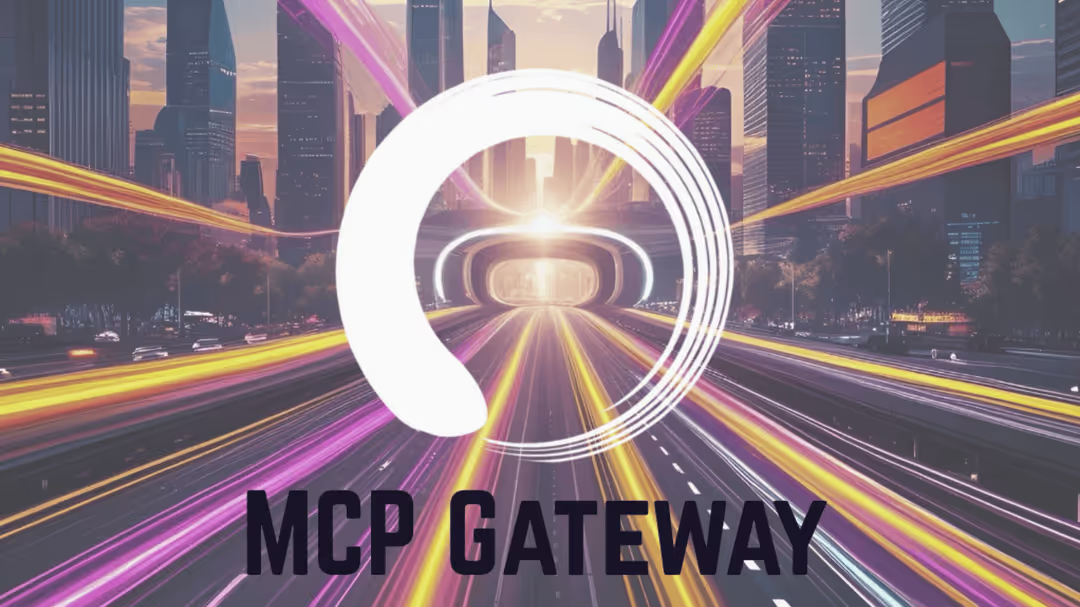
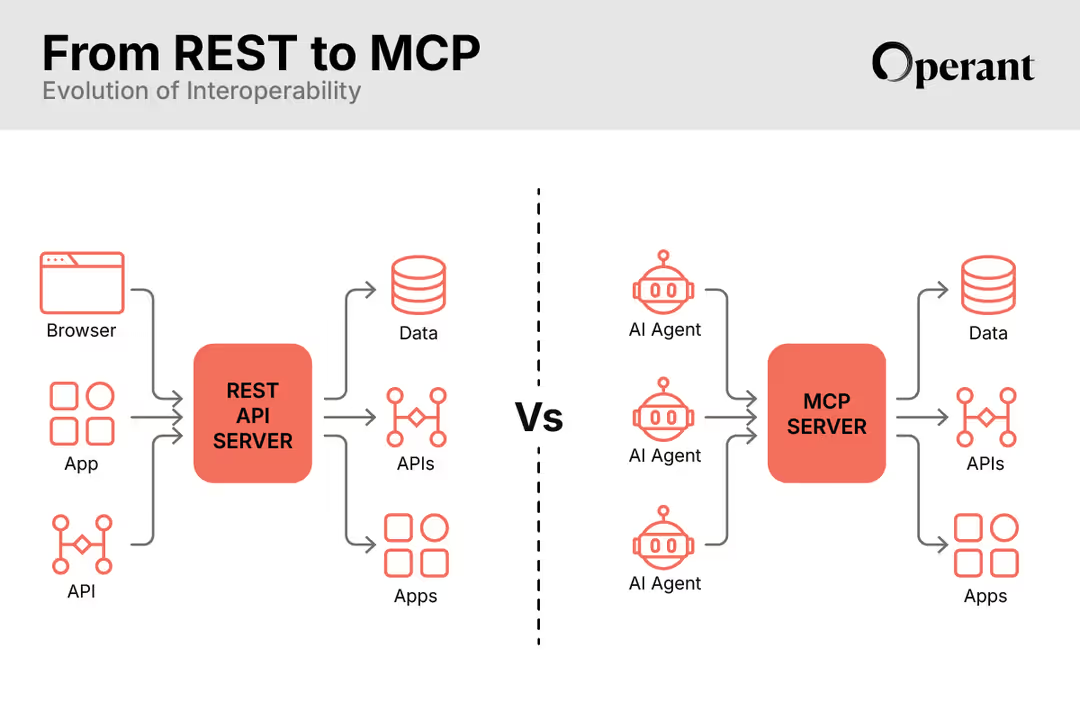
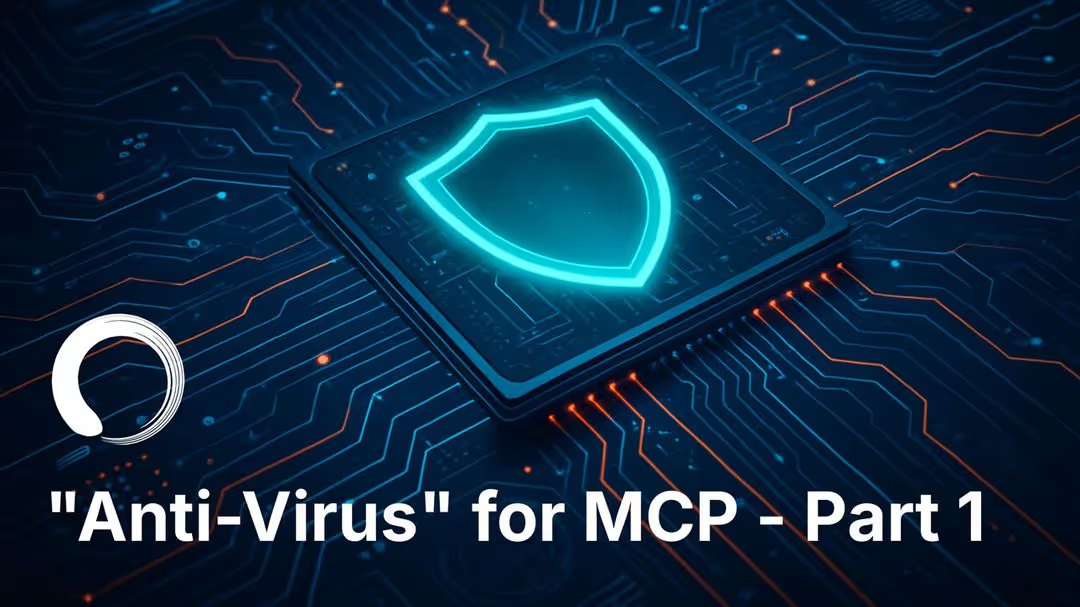

.png)
